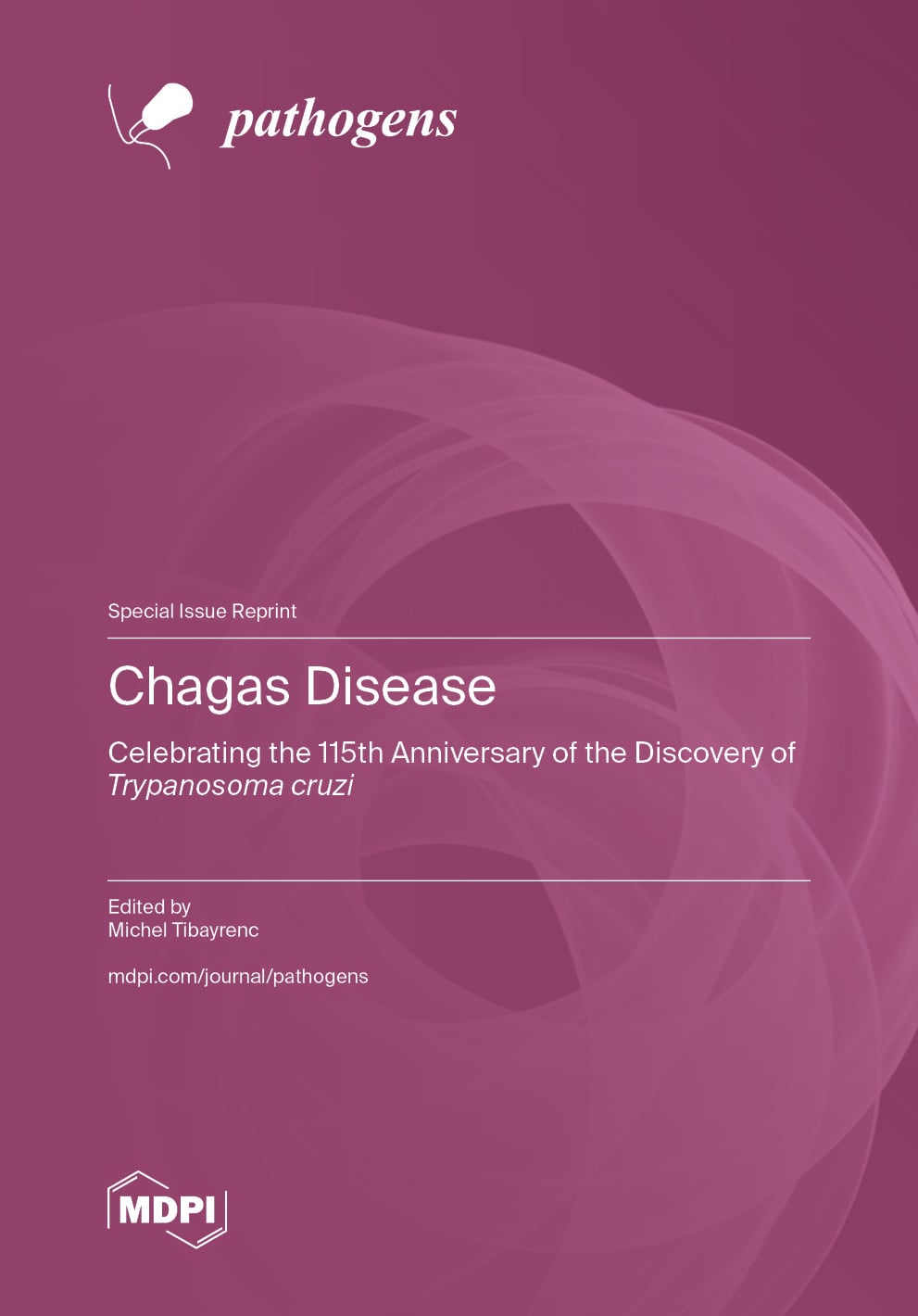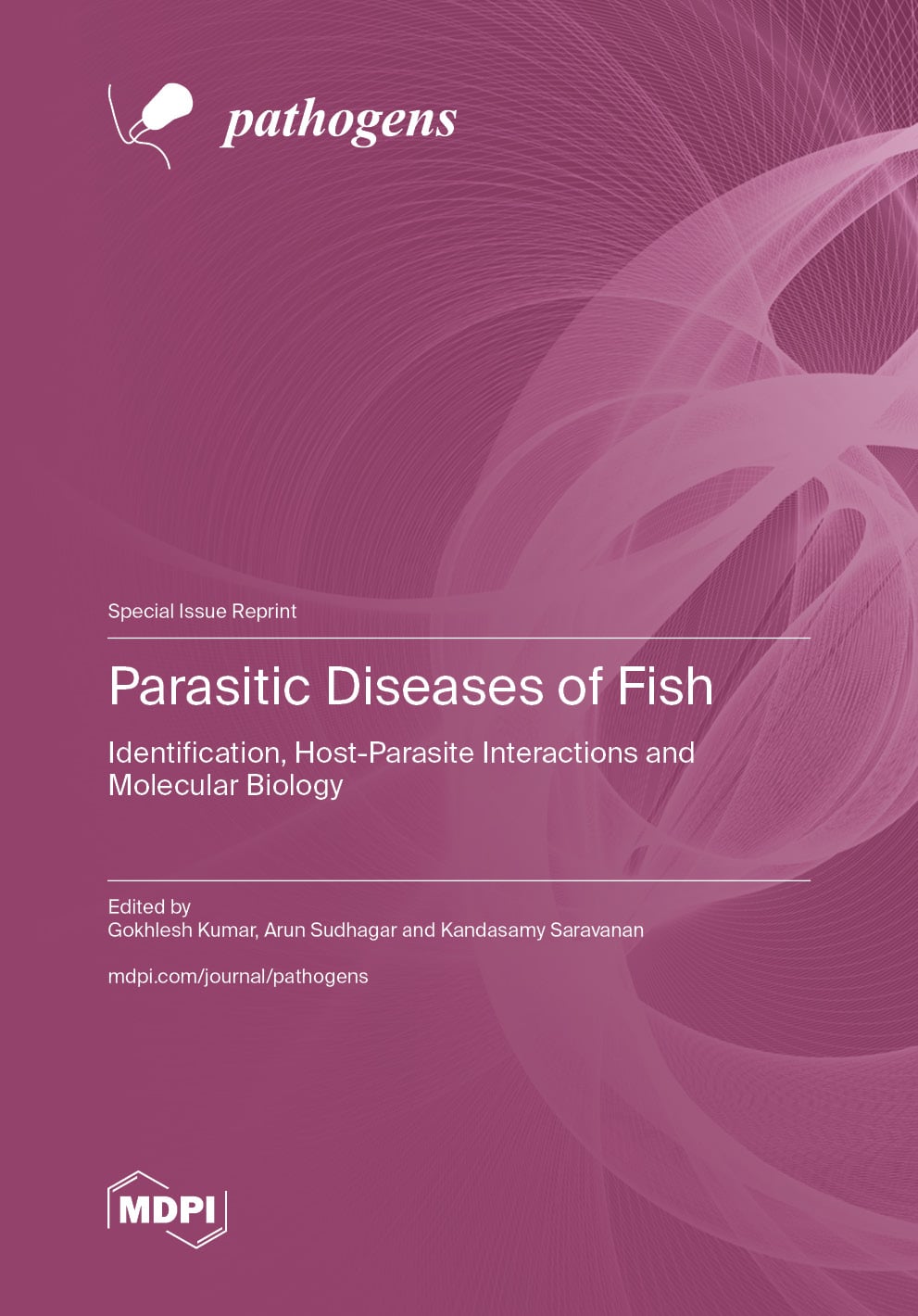- 3.3Impact Factor
- 6.8CiteScore
- 15 daysTime to First Decision
Pathogens
Pathogens is an international, peer-reviewed, open access journal on pathogens and pathogen-host interactions published monthly online by MDPI.
Indexed in PubMed | Quartile Ranking JCR - Q2 (Microbiology)
All Articles
News & Conferences
Issues
Open for Submission
Editor's Choice
Reprints of Collections

Reprint
Chagas Disease
Celebrating the 115th Anniversary of the Discovery of <em>Trypanosoma cruzi</em>Editors: Michel Tibayrenc

Reprint
Parasitic Diseases of Fish
Identification, Host-Parasite Interactions and Molecular BiologyEditors: Gokhlesh Kumar, Arun Sudhagar, Kandasamy Saravanan

